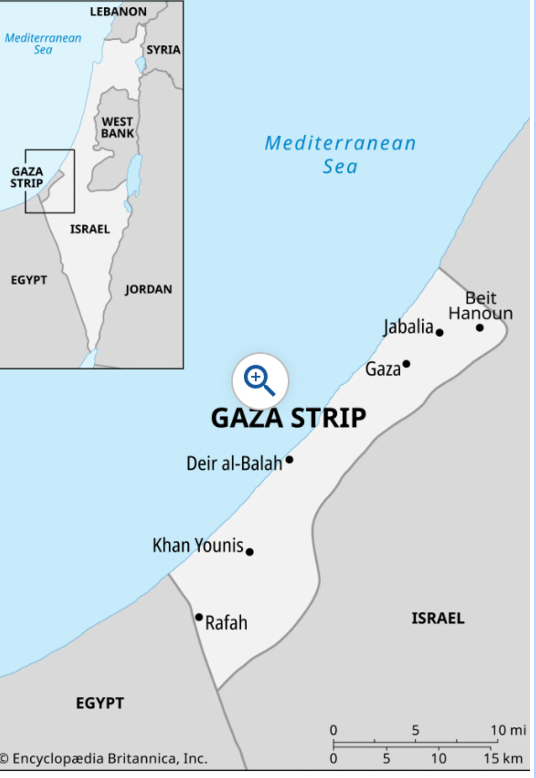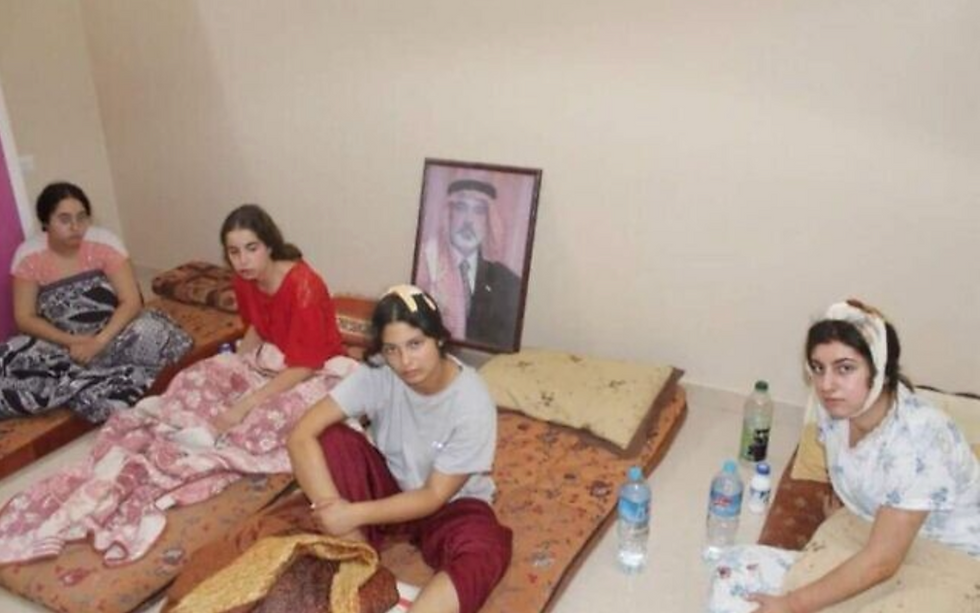What is the story behind Ukraine and Russia?
- Killia Valdes
- Dec 18, 2023
- 3 min read
Ukraine and Russia have always been two countries involved in multiple conflicts. There have been many controversies ever since Ukraine declared independence in 1991 (with the dissolution of the Soviet Union). Even before this declaration of independence, Ukraine still did not appreciate being forced to be under Russia. Since the beginning of the soviet rule, the Union has had multiple uprisings. However, this modern conflict has occurred since February 2014, following Ukraine's Revolution of Dignity. Later on, Russia annexed Crimea from Ukraine and gained support from pro-Russian separatists during the Donbas War, in which Russian separatists seized government buildings, leading to the Ukrainian military launching an operation against them. The following eight years concluded in political tension, cyber warfare, and naval incidents. This led to the full-scale invasion of Ukraine launched in 2022.

On February 24th, 2022, Russia landed a surprise invasion of Ukraine. Thousands of Russian troops invaded Northern Ukraine attempting to take control of Kyiv (the capital) President Zelensky defied expectations by responding to this with a clear message “I am here. We will not lay down our weapons.” Thousands of Ukrainian refugees end up feeling Ukraine, relying on the kindness of the EU (European Union) for aid. Poland, Hungary, and Romania were among the states that helped support the refugees the most. The UN condemned the invasion, imposing sanctions on Moscow. During March of 2022, the war approached a standstill, with the Russian military finding unprecedented resistance by the militia in Kyiv, pushing Russian forces away. Evidence of war crimes emerged with the retreat of Russian forces from Kyiv, as hundreds of civilians were found dead in mass graves in Bucha (dubbed the horror in Bucha) with signs of people being shot at close range, raped, or tortured. This finding forced the Russian government to limit access to foreign media. Then, on April 8th, a Russian missile struck a train station in Kramatorsk, which killed at least 50 civilians and wounded about 100 others. This incident made the Russian forces concentrate eastward towards the Donetsk and Lushanks regions of Ukraine.

By the time the war reached 100 days, thousands of civilians had been killed, presumed missing, or fled as refugees. Russia's economy was in shambles, staying resilient but at the civilian's cost. Ukraine was getting closer to a food shortage, with most of its grain left to rot in silos since the beginning of the war. This meant that up to 181 people in 41 countries could face outright famine, according to the UN. Ukraine and Russia came to an agreement that allowed grain to be exported across the Black Sea if Russia periodically shut down power plants, making other areas in Europe nervous for the incoming winter. Eventually, the last city in the Lushank region finally fell to the terrifying Russian invasion. The Ukrainian militia remained focused on defending Donetsk, the area of the previous war in Donbas. The Donbas is a heavily wanted and industrialized region in eastern Ukraine close to Lushank and Donetsk.
In 2023, the Russian and Ukranian war continues to be fought. While many of us lost interest and remained ignorant, Ukrainians are still being affected. In February 2023 officials from the Ministry of Defense were accused of signing overpriced contracts to give the frontline soldiers food. Later on, a summit occurred, with Kyiv and EU leaders meeting to discuss the present situation. It ended with Brussels pledging to help Ukraine more. Ukraine marks one year since the beginning of the war, making rallies pop up around Europe to cease this war. “Pain, sorrow, faith, and unity,” says President Zelensky during the anniversary.

Sources:




Hozzászólások